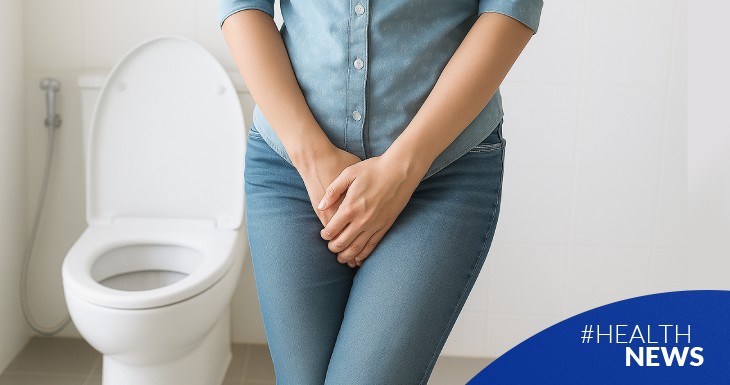Although it may be difficult to put into words, urinary incontinence affects millions of people around the world. It is not exclusive to older adults: it can also occur after childbirth, during menopause, or as a result of certain surgeries or neurological diseases.
According to WHO data, it is estimated that 1 in 3 women over the age of 50 suffers from some form of involuntary urinary loss. However, it remains a taboo subject.
What is it, and why does it happen?
Urinary incontinence is the involuntary loss of urine. It can be mild or severe, occasional or persistent. There are different types:
- exertion (when sneezing, coughing, or exercising),
- urgency (when you can't get to the bathroom in time),
- or mixed (a combination of both).
The causes can vary: weakening of the pelvic floor, hormonal changes, neurological problems, or simply natural aging.
The pelvic floor, that main protagonist
In recent years, the pelvic floor has ceased to be "a matter for specialists" and has begun to occupy a place in comprehensive health discussions. This network of muscles and tissues supports key organs as the bladder, uterus, and rectum. When it loses strength or tone, symptoms such as incontinence, prolapses, and discomfort during sexual intercourse can appear.
The good news is that it can be worked on and strengthened with exercises such as the famous Kegel exercises, re-education techniques with specialized physical therapy, and daily habit changes. For many people, this represents a non-invasive and effective alternative before considering surgical treatments. One of the biggest challenges is that many people don't mention it out of embarrassment, believing it's "normal due to age" or that "there's no solution." Nothing could be further from the truth.
According to the latest statistics:
- 1 in 3 adult women experiences some degree of urinary incontinence throughout their lives, with it being more common after pregnancy and menopause.
- Up to 50% of older adults suffer from it, but less than 40% consult a professional due to embarrassment or lack of knowledge.
- In men, urinary incontinence affects approximately 11%, and its prevalence increases after age 60, especially in those who have had prostate surgery.
- Stress incontinence (leaking when coughing, laughing, or exercising) accounts for about 50% of cases in women.
- Strengthening the pelvic floor with Kegel exercises can reduce symptoms in up to 70% of cases when performed correctly and consistently.
The sooner you seek medical advice, the more options there are to manage and improve your quality of life
Depending on the type and cause, different strategies can be combined: from specialized pelvic floor physical therapy with biofeedback devices or electrical stimulation, to medications that help relax the bladder or strengthen urinary control. In some cases, minimally invasive techniques or outpatient surgeries are indicated.
This multidisciplinary approach allows solutions to be tailored to each individual, significantly improving quality of life and restoring confidence in daily activities.
On June 25th, let's speak out without fear, break down stigmas, and start to consider the pelvic floor for what it is: a fundamental part of our well-being. No one should have to live with discomfort in silence. And because raising awareness is also caring.


